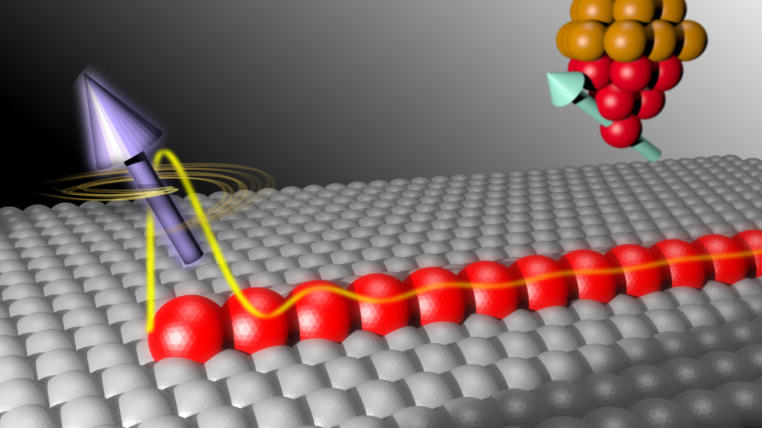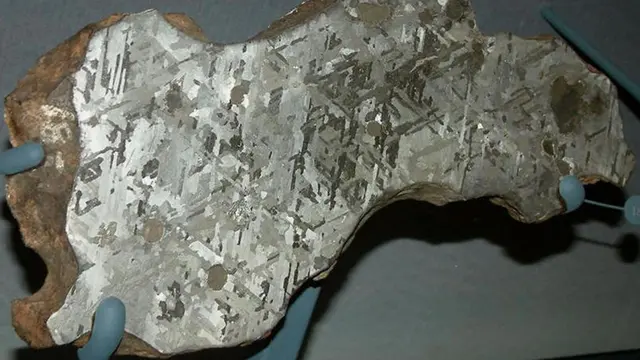Majorana: The Enigma of Physics and Beyond

The name Majorana carries great significance in the world of physics, particularly in the fields of quantum mechanics and particle physics. Ettore Majorana, an Italian theoretical physicist, made groundbreaking contributions to our understanding of particles, predicting the existence of a unique kind of fermion that could potentially revolutionize quantum computing. This article delves deep into the mysteries of these fermions, their implications in science, and their impact on modern technology.
Who Was Ettore Majorana?
Ettore Majorana was a brilliant Italian physicist, born in 1906, who worked alongside some of the most distinguished scientists of his time, including Enrico Fermi. He was known for his exceptional mathematical skills and his ability to grasp complex physical concepts effortlessly. However, he remains an enigma not just for his scientific contributions but also for his mysterious disappearance in 1938, which still intrigues historians and scientists alike.
What Are Majorana Fermions?
A Majorana fermion is a particle that is its own antiparticle. This is in contrast to most other elementary particles, which have distinct counterparts with opposite charges. The physicist first proposed the existence of such particles in 1937, but they have only recently been detected in experimental setups.
Theoretical Basis of Majorana Fermions
These fermions arise in quantum field theory and solid-state physics, particularly in topological superconductors. The Dirac equation, which describes standard fermions like electrons, can be rewritten in a way that allows for neutral particles to be their own antiparticles. These theoretical predictions have guided numerous experiments aimed at confirming their existence.
Why Are Majorana Fermions Important?
These fermions have gained attention due to their potential role in quantum computing. Because they exhibit non-Abelian statistics, they could be used to create more stable quantum bits (qubits) in topological quantum computers. This stability is key to overcoming quantum decoherence, a major hurdle in current quantum computing technology.
Experimental Evidence for Majorana Particles
Although these fermions remain elusive in particle physics, researchers have found evidence of their existence in condensed matter systems. In 2012, a team of scientists led by Leo Kouwenhoven at Delft University in the Netherlands detected signatures of Majorana bound states in nanowires. Since then, various experiments have continued to explore their properties in different materials and environments.
Applications of Majorana Fermions in Technology
1. Quantum Computing
These fermions could play a crucial role in fault-tolerant quantum computing. Their topological nature makes them resistant to environmental disturbances, potentially leading to more robust and scalable quantum computers.
2. High-Energy Physics
In particle physics, Majorana neutrinos are a possible explanation for the neutrino mass problem. If neutrinos are indeed of this type, it could explain why they have such tiny masses compared to other particles.
3. Cryptography and Secure Communications
The stability of these qubits could enhance quantum cryptography, leading to secure communication systems that are resistant to hacking and decryption attempts.
Majorana’s Mysterious Disappearance
One of the most intriguing aspects of Ettore Majorana’s life is his sudden disappearance in 1938. Various theories suggest that he may have committed suicide, gone into hiding, or even defected to another country. Despite numerous investigations, his fate remains unknown, adding another layer of mystery to his already enigmatic legacy.
Challenges in Studying Majorana Fermions
Despite theoretical predictions and experimental progress, several challenges remain:
- Detection Difficulties: These fermions do not interact with their surroundings in the same way as other particles, making them difficult to observe.
- Material Limitations: The realization of these states in solid-state systems requires specialized materials and conditions, which are not always easy to achieve.
- Computational Hurdles: Integrating such qubits into existing quantum computing frameworks is still a work in progress.
The Future of Majorana Research
As research in quantum physics and condensed matter systems advances, scientists are optimistic about fully harnessing the potential of these fermions. Companies like Google, IBM, and Microsoft are investing heavily in topological quantum computing, aiming to use these fermions to create next-generation quantum processors.
Conclusion
The legacy of Ettore Majorana and his eponymous fermions continues to shape modern physics and technology. From explaining fundamental properties of neutrinos to promising revolutionary advances in quantum computing, these fermions remain a hot topic of scientific inquiry. While many questions remain unanswered, the future looks promising for harnessing these mysterious particles to drive technological innovation and deepen our understanding of the universe.





